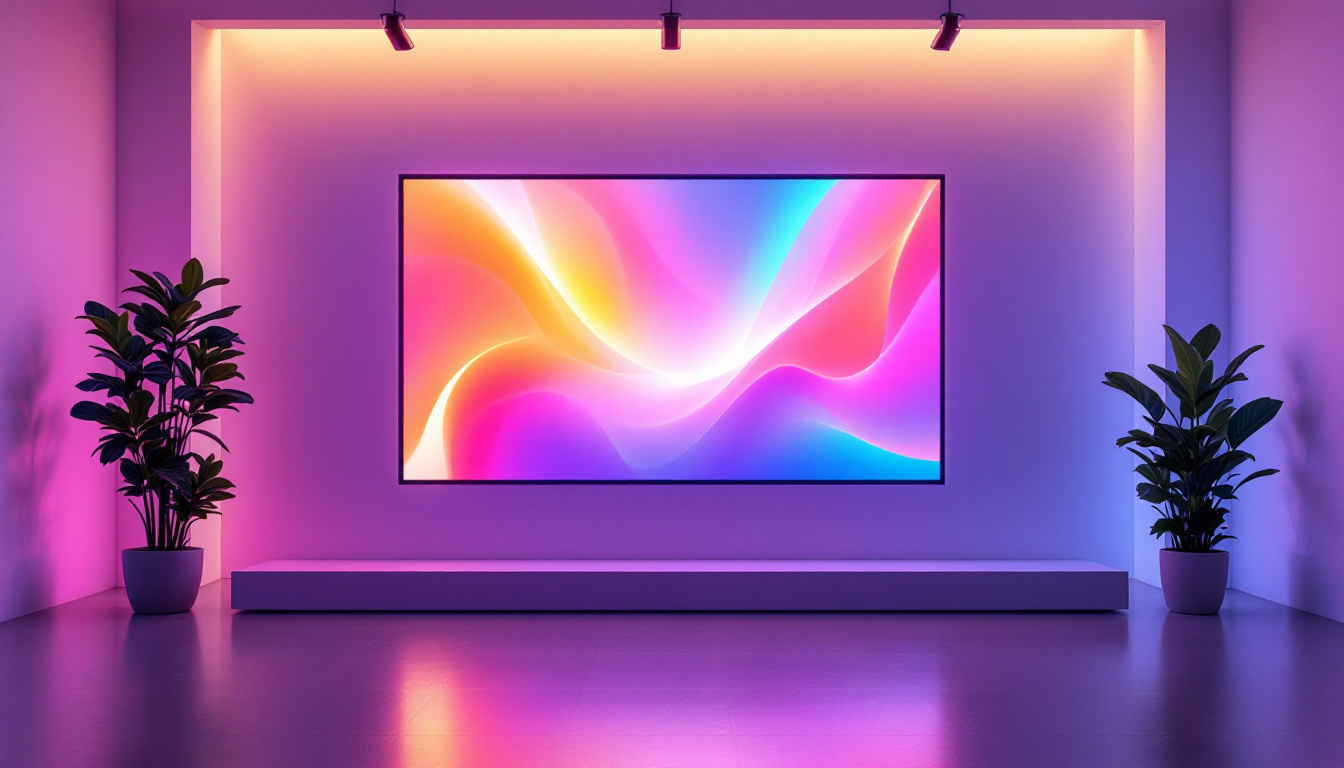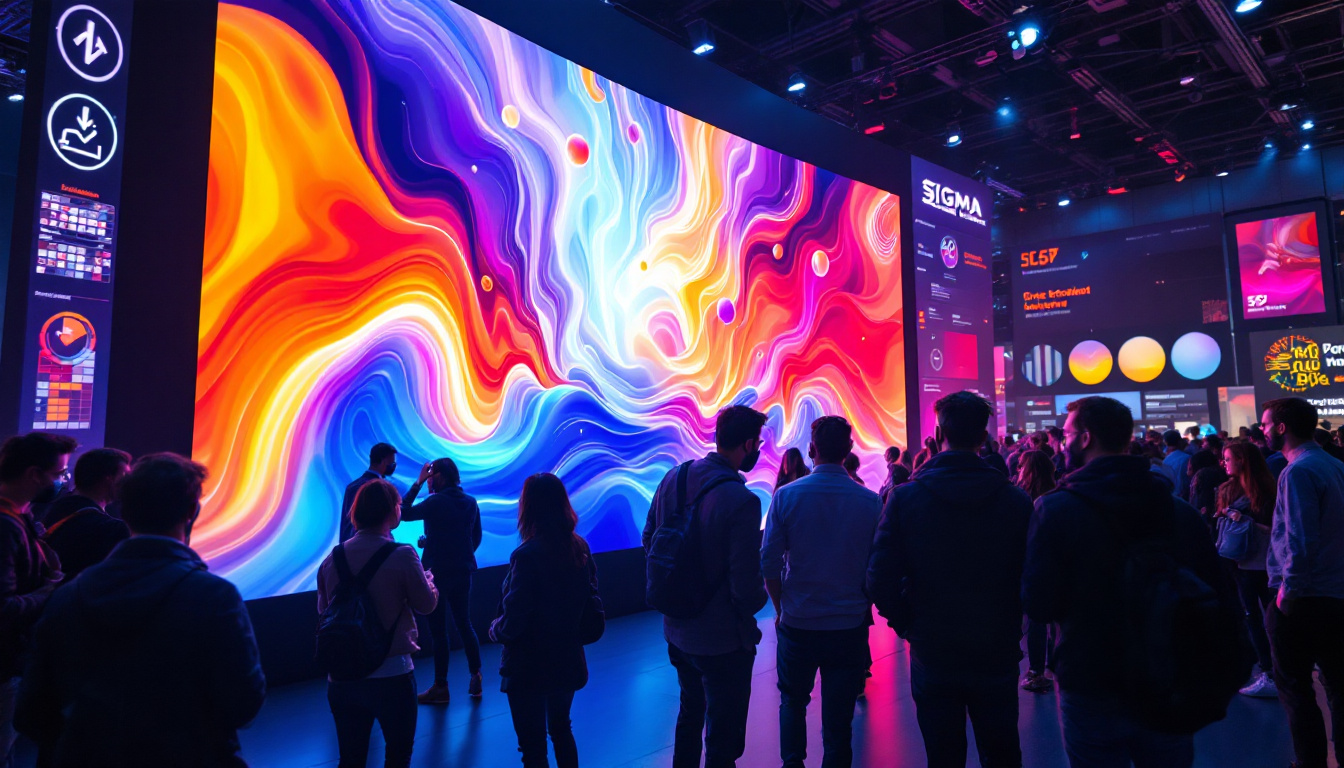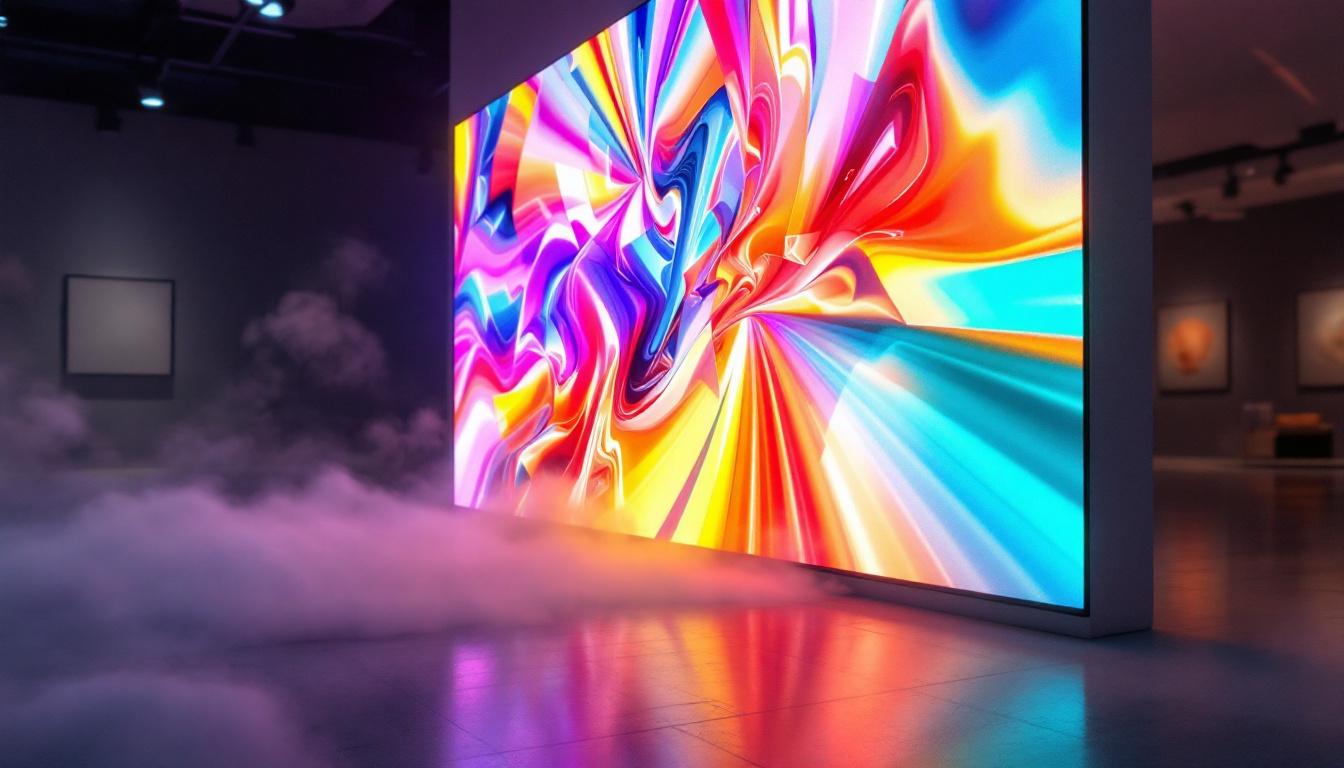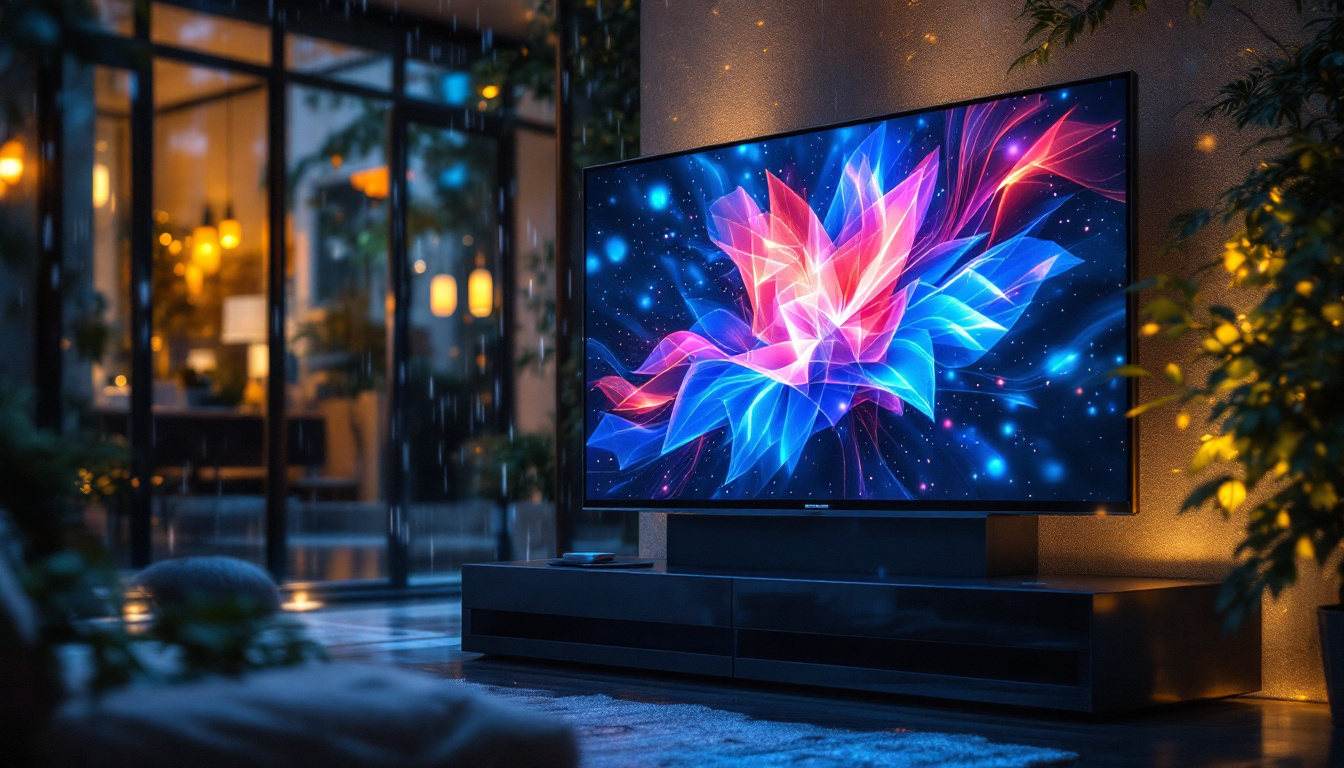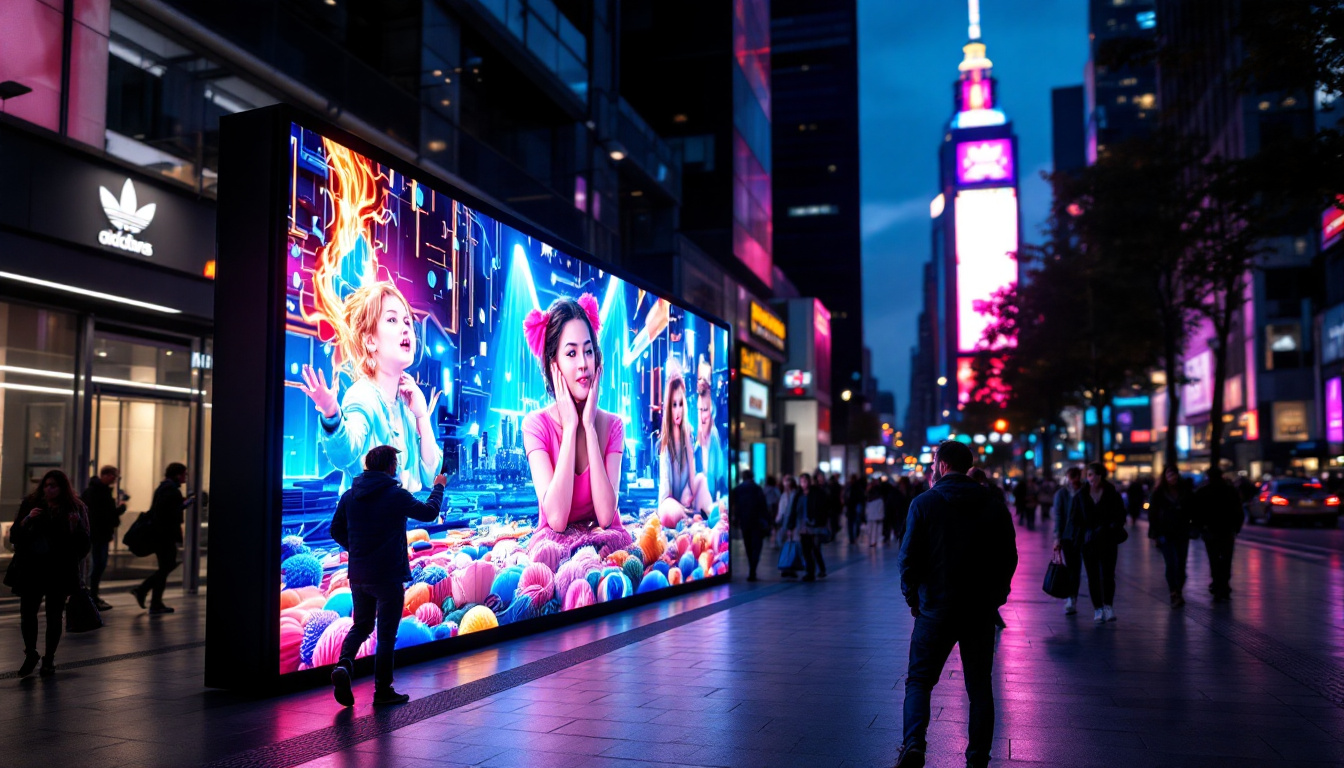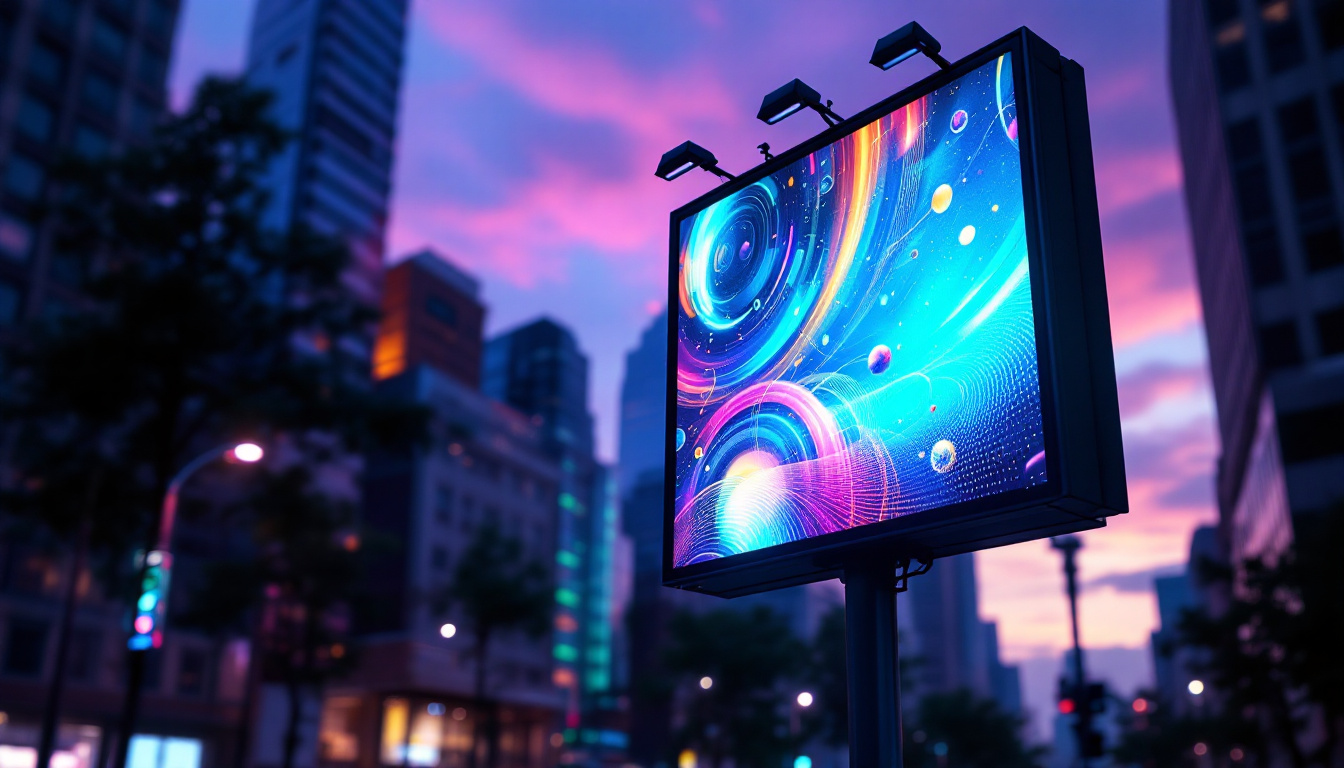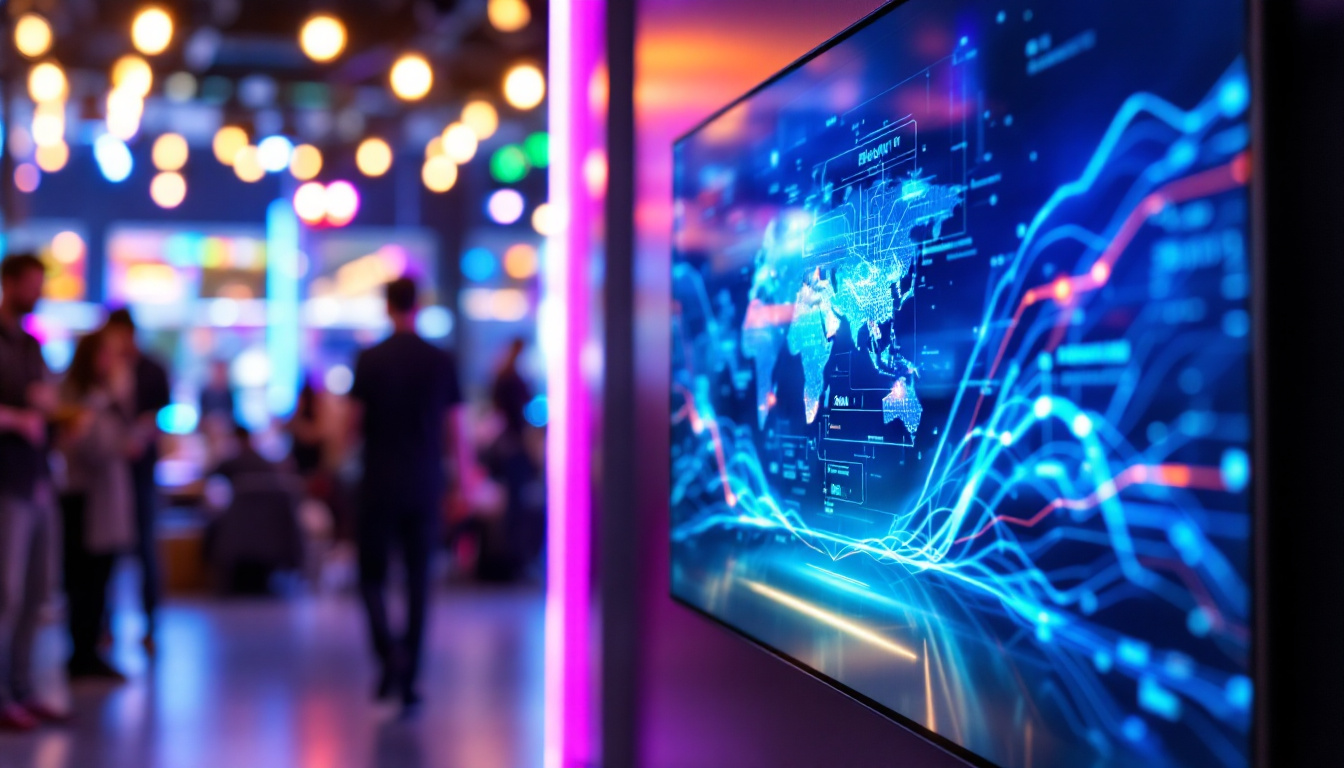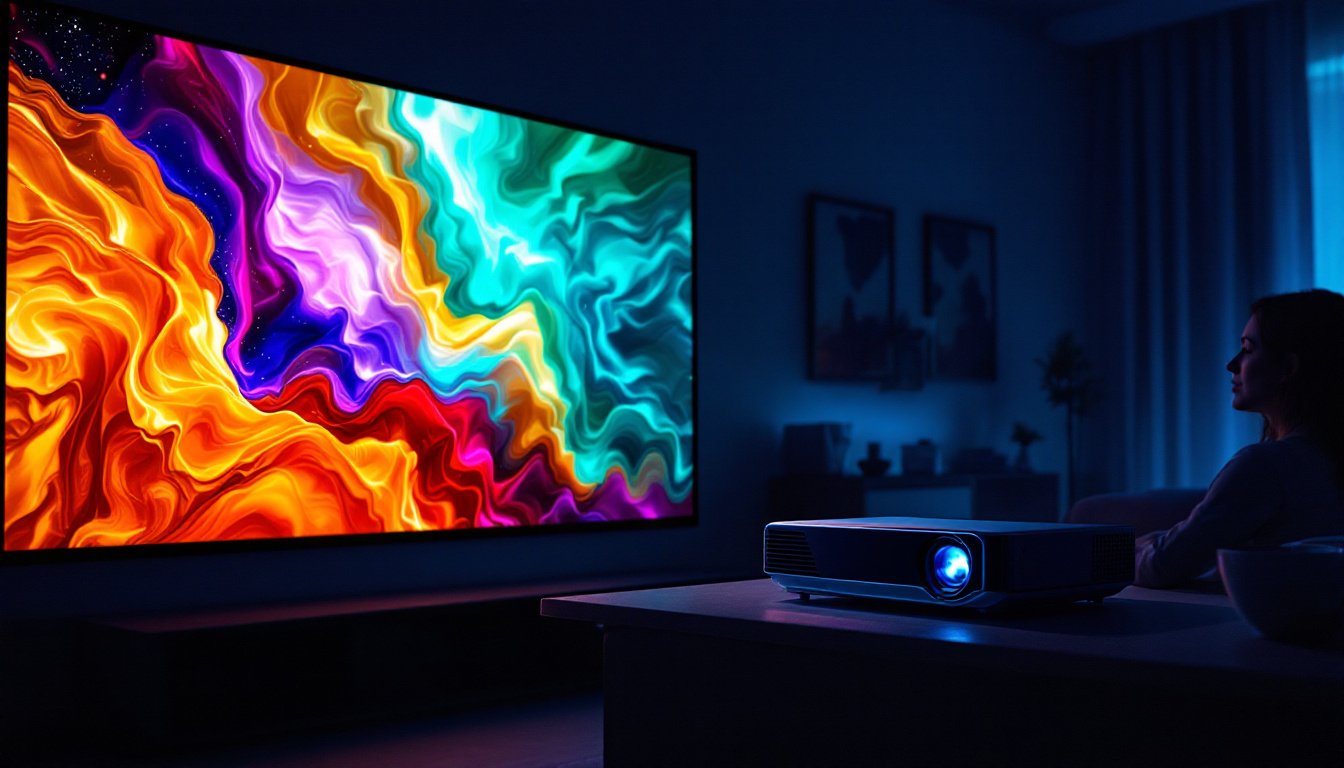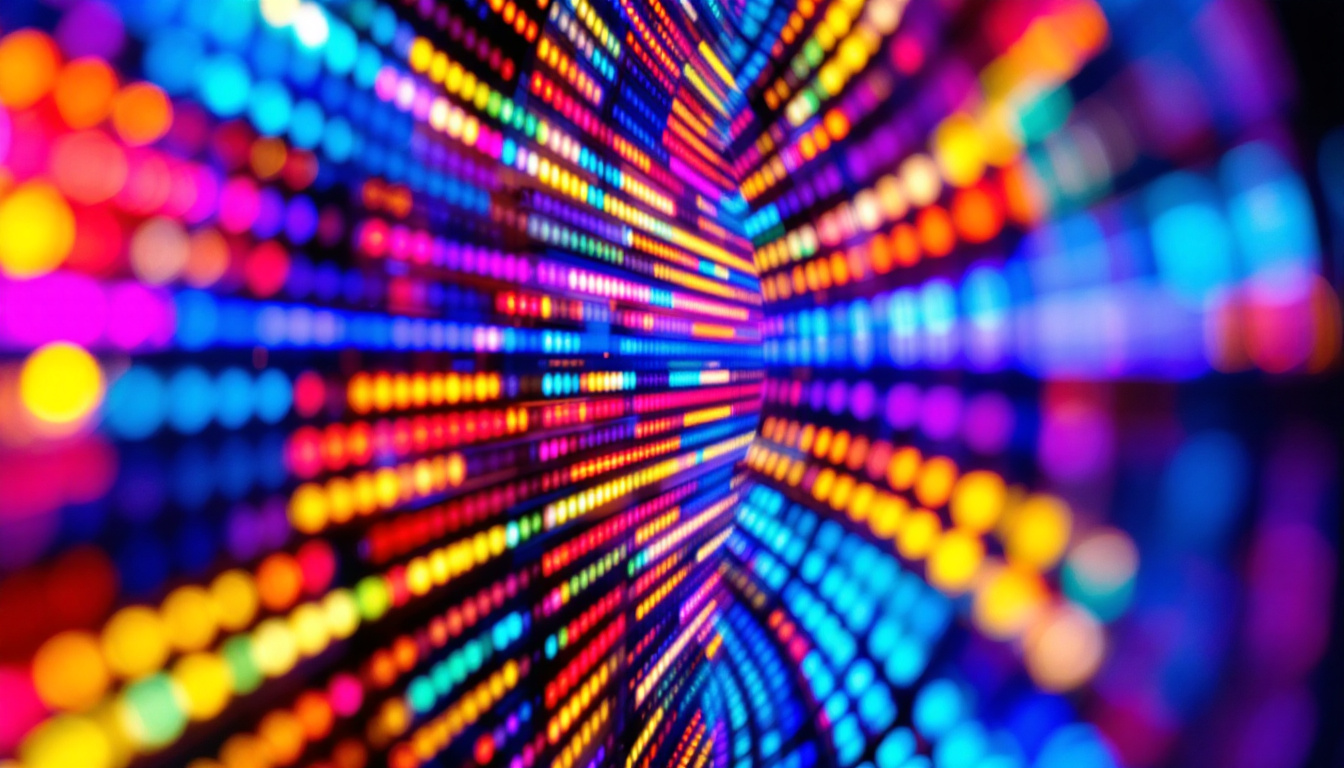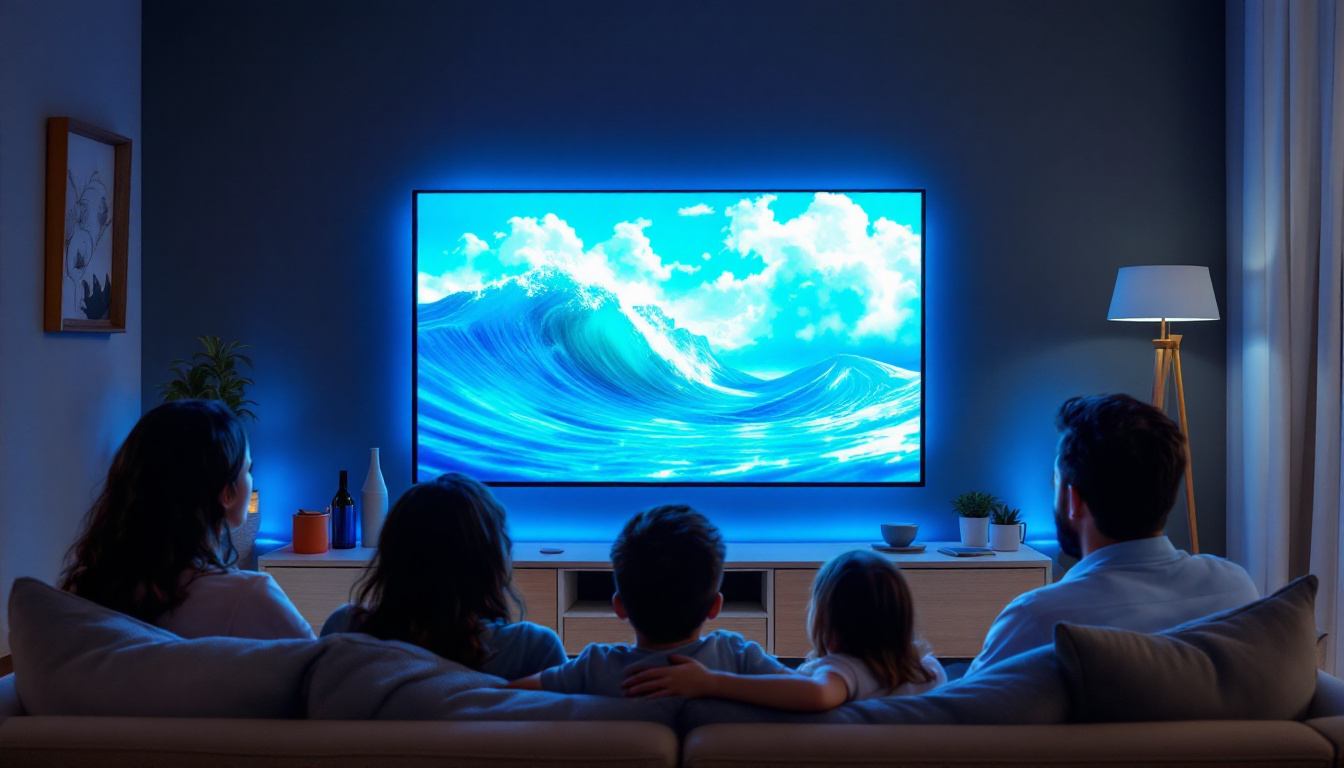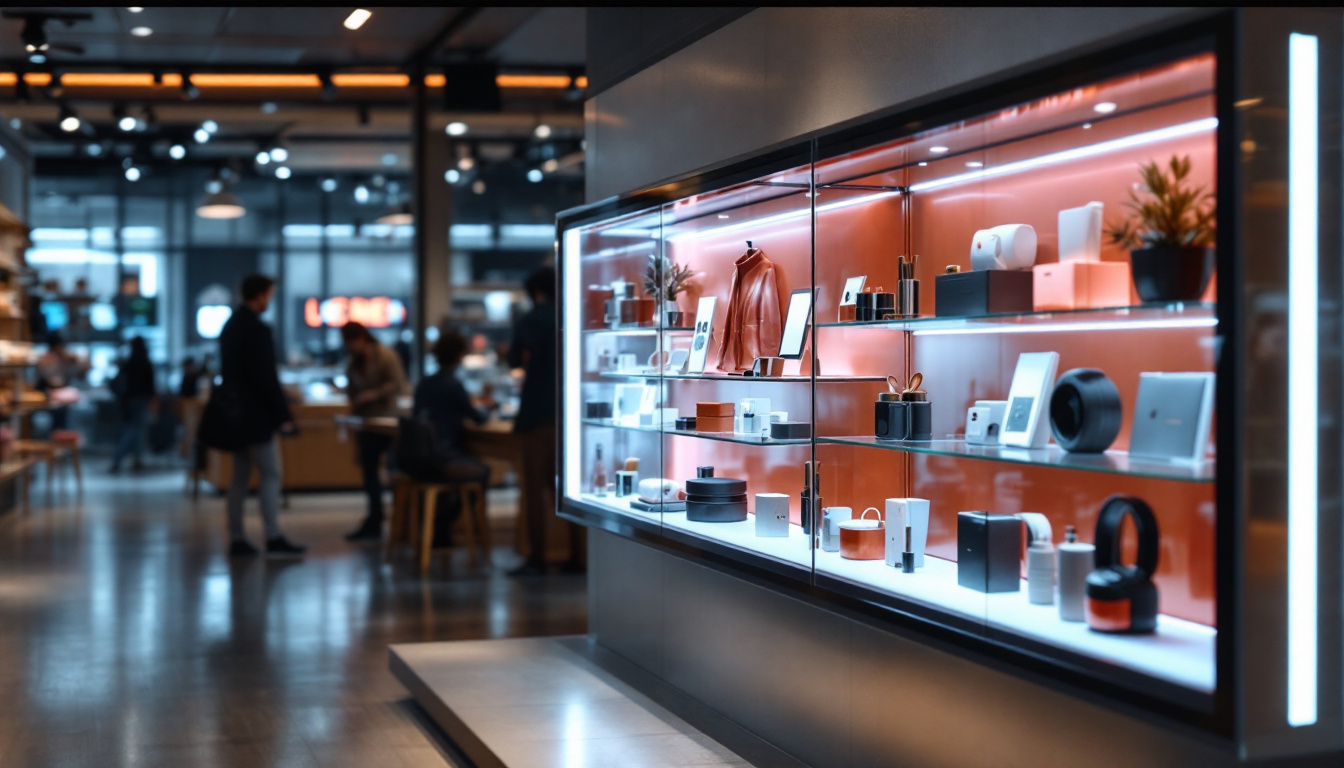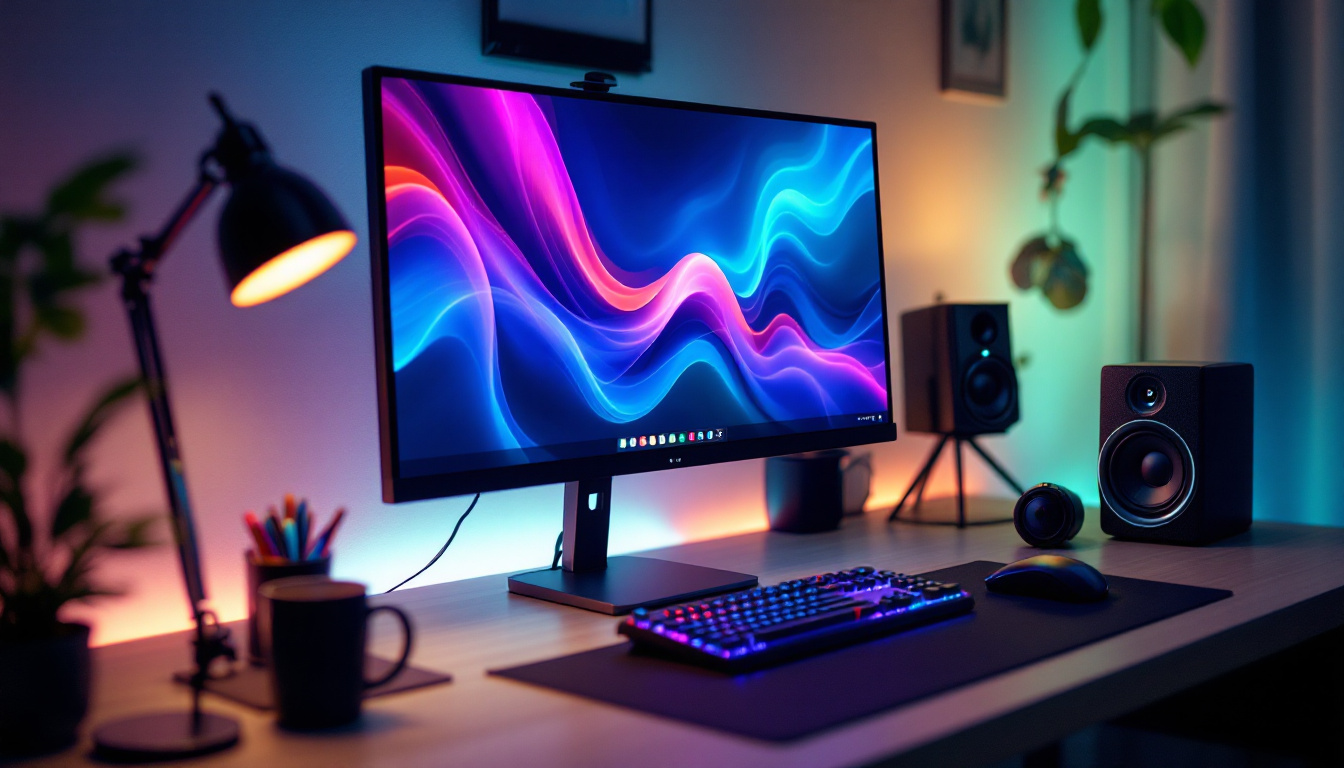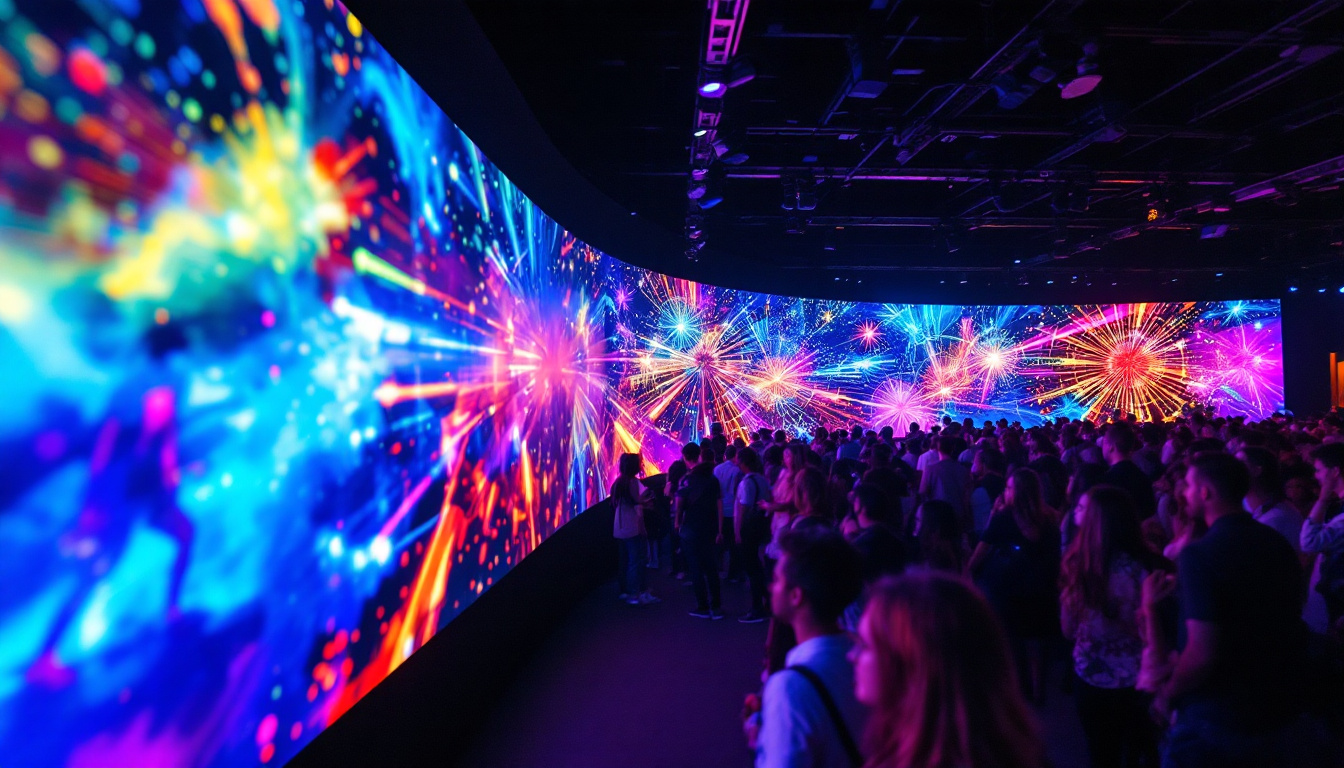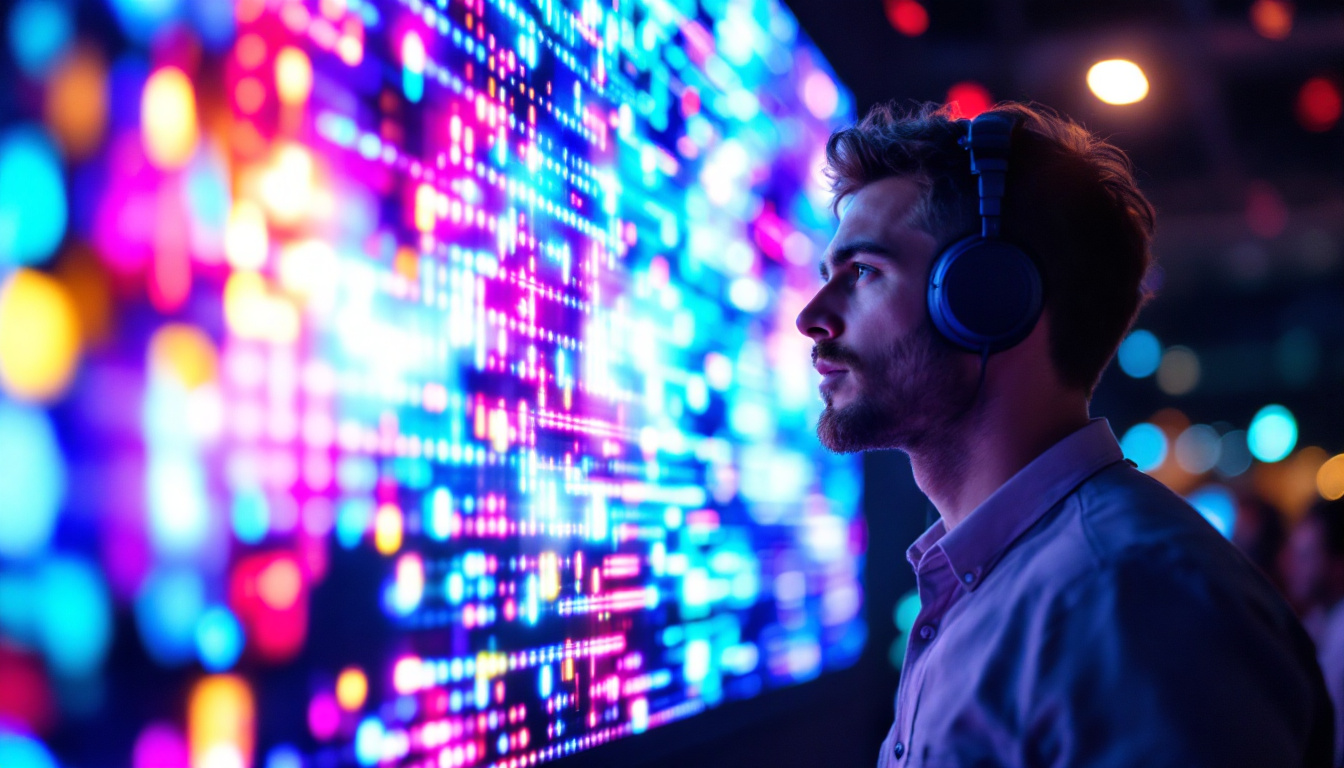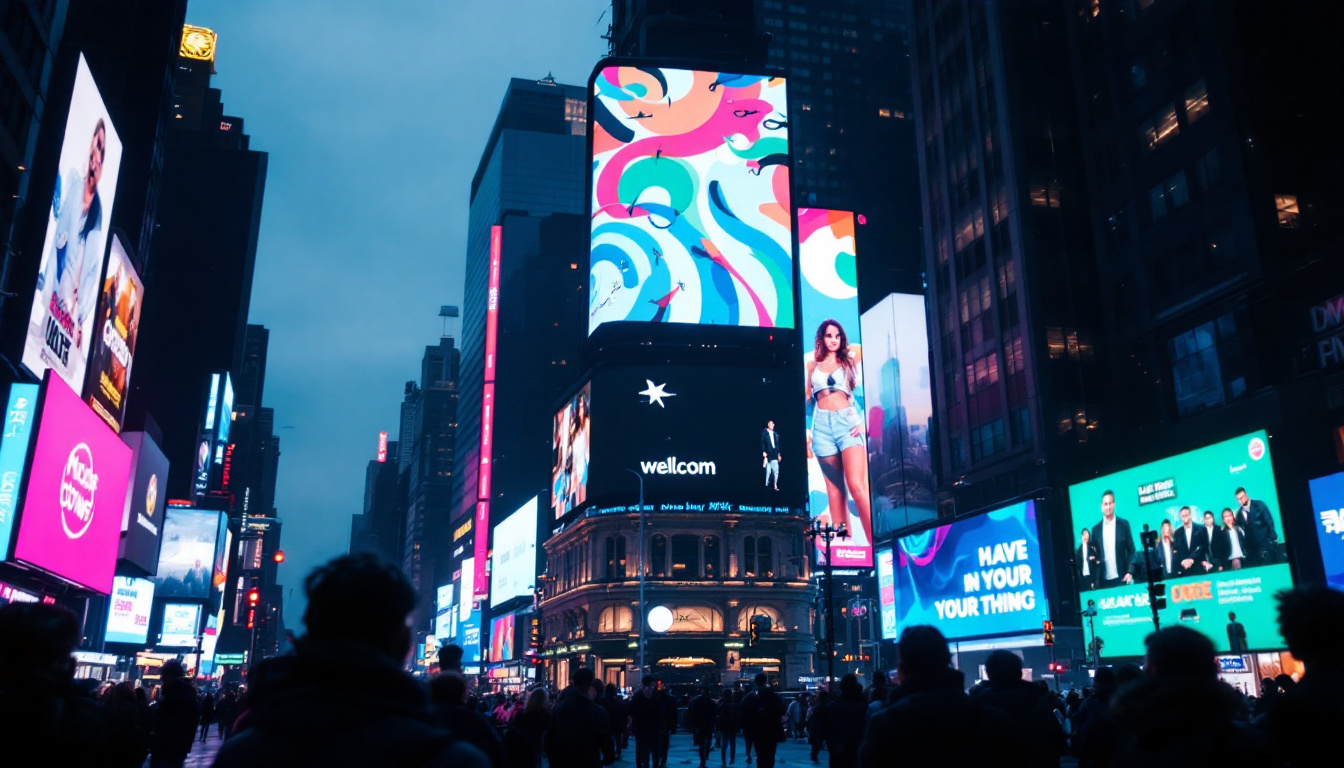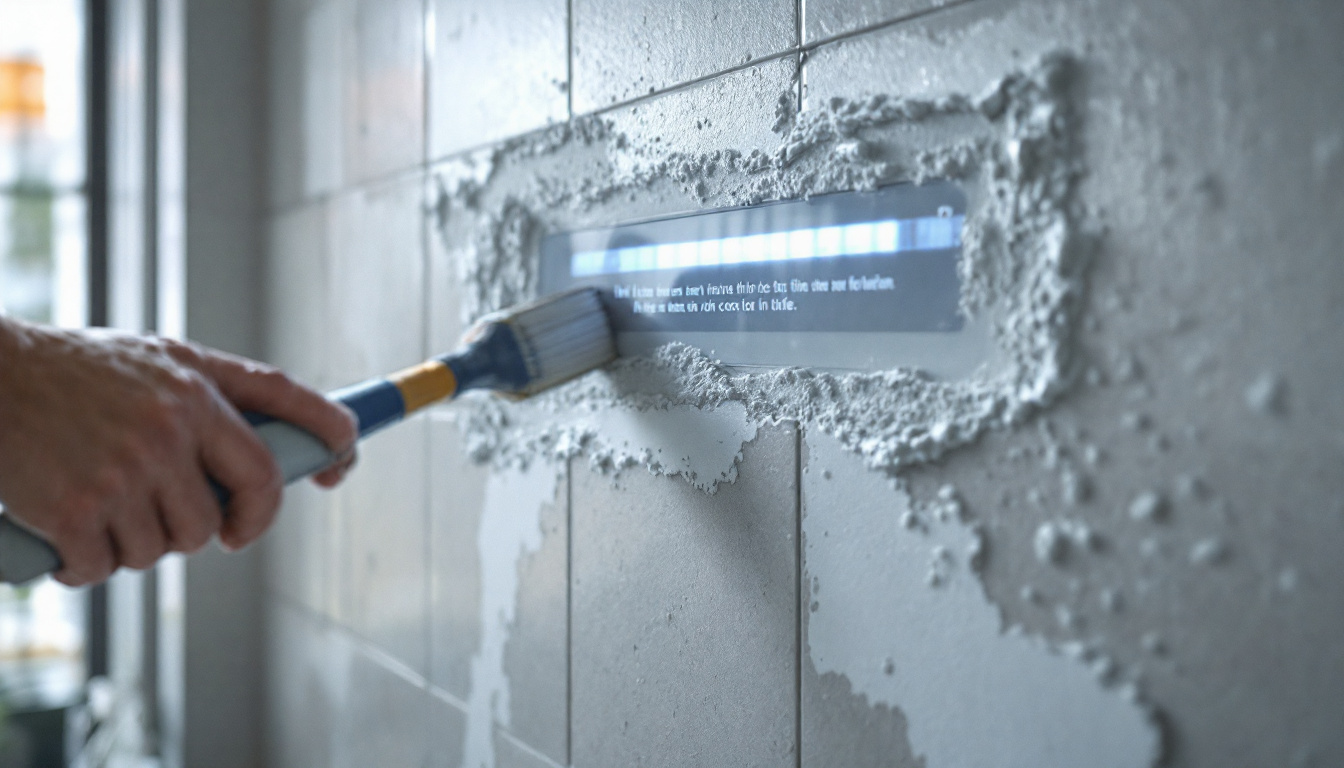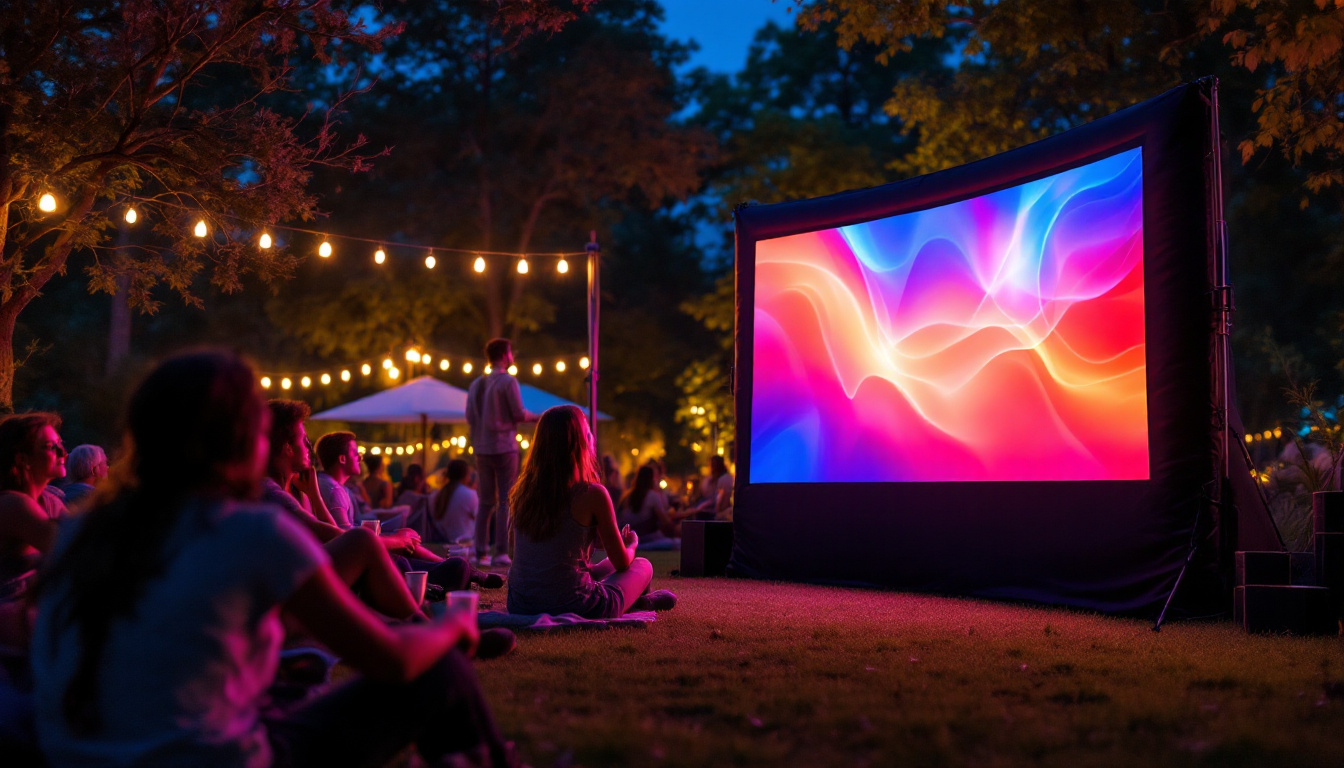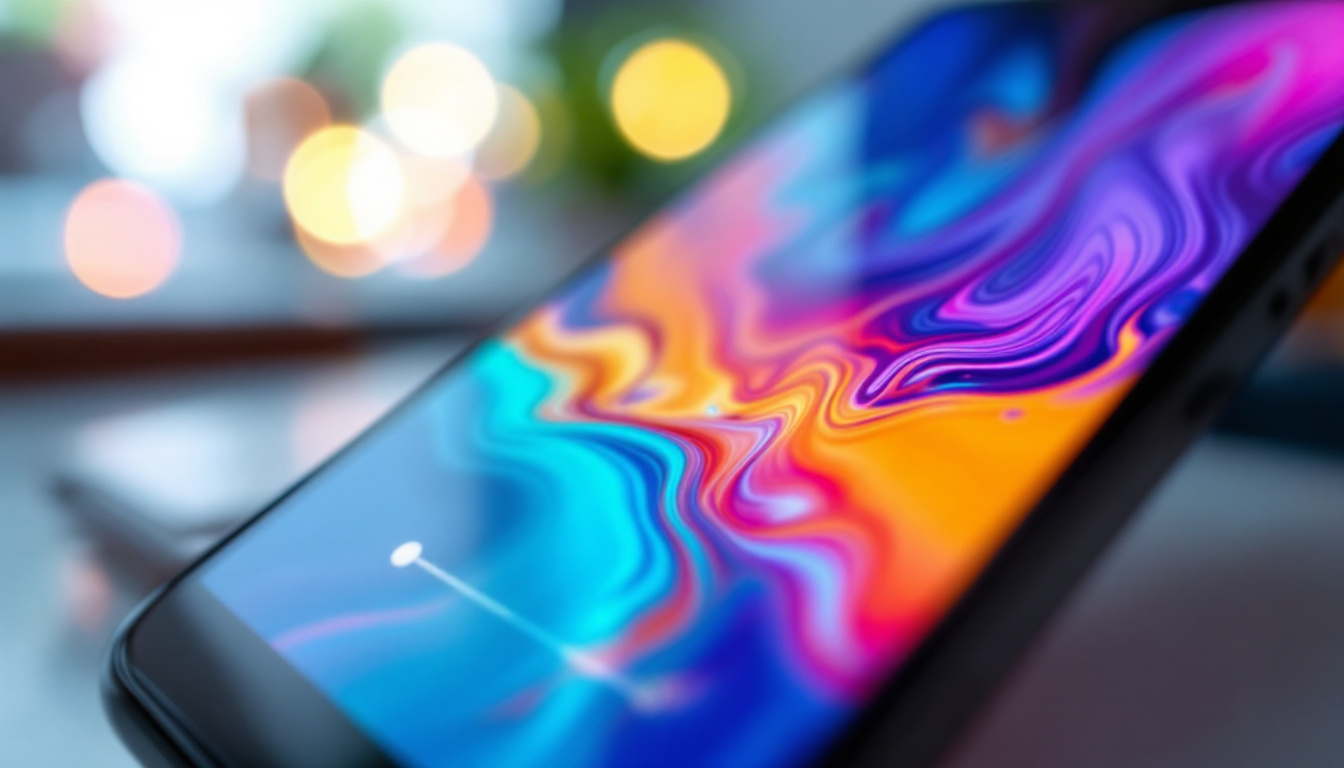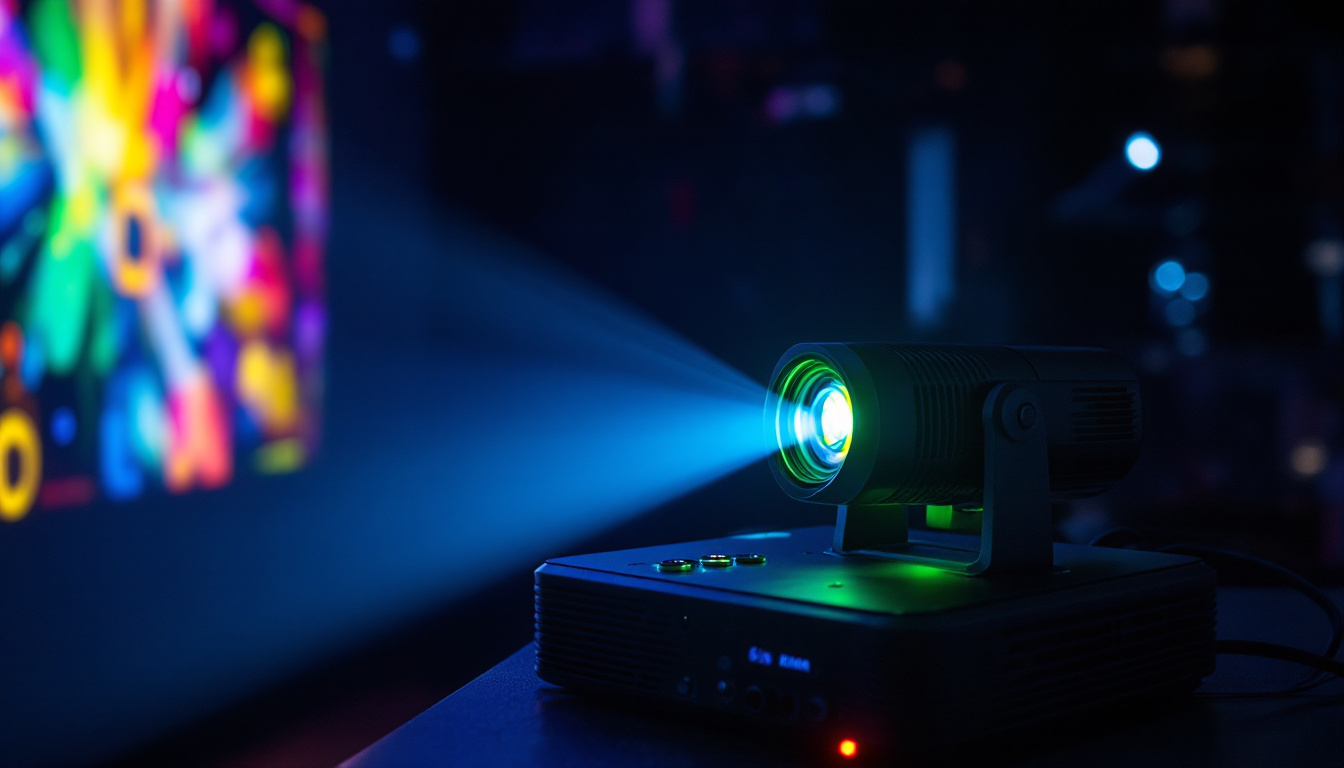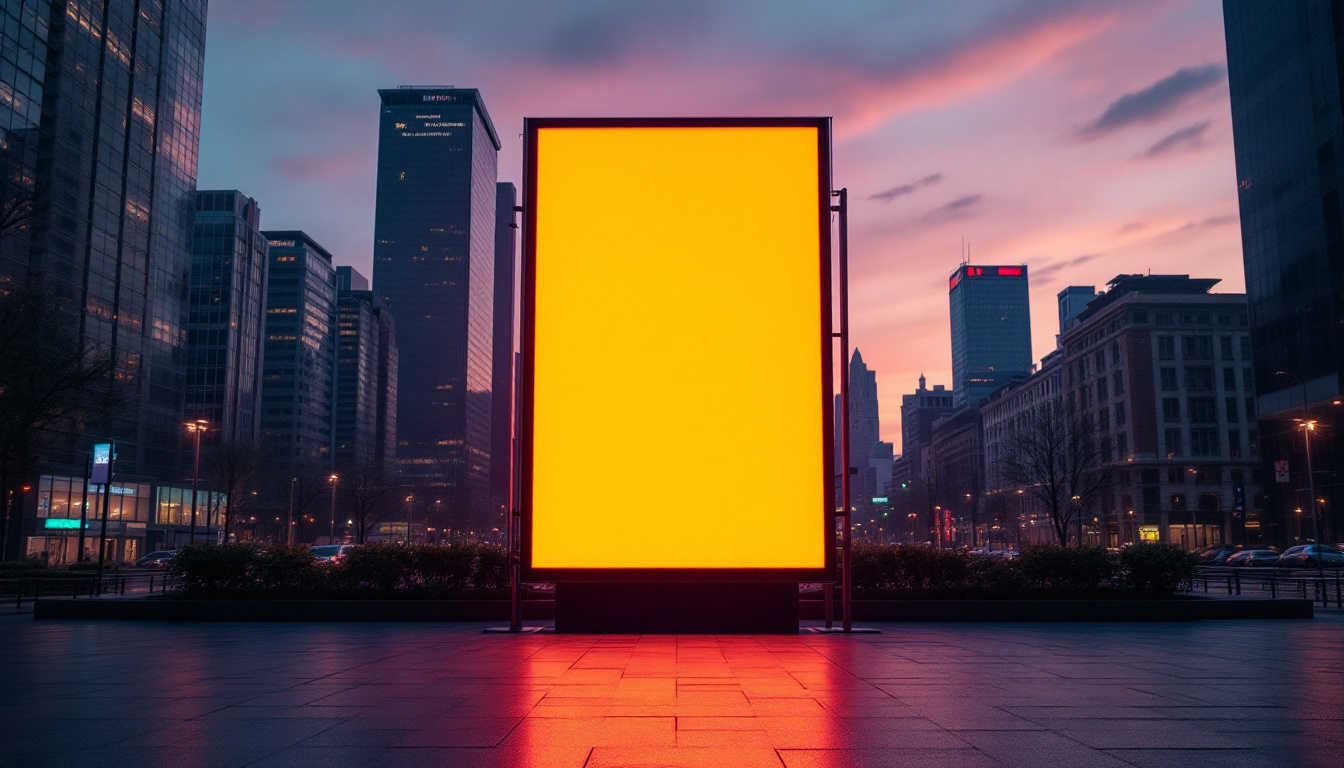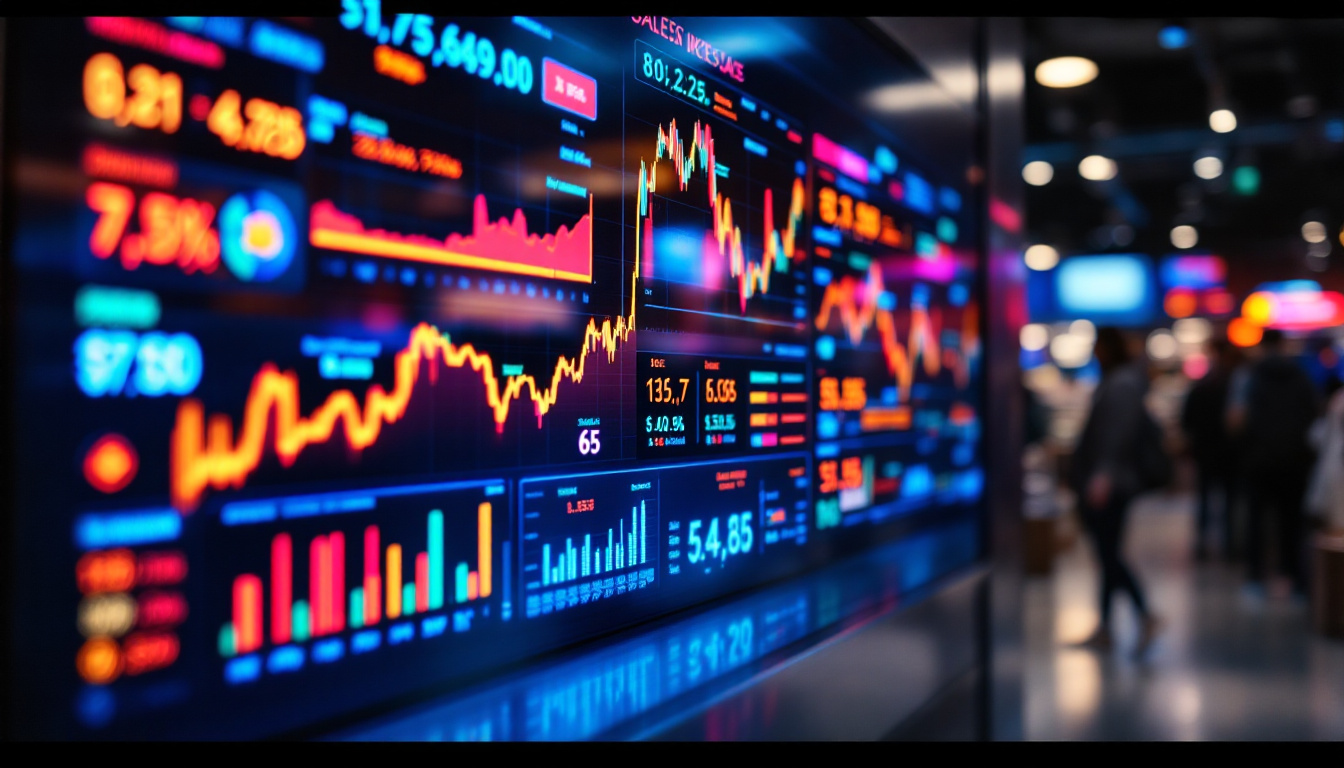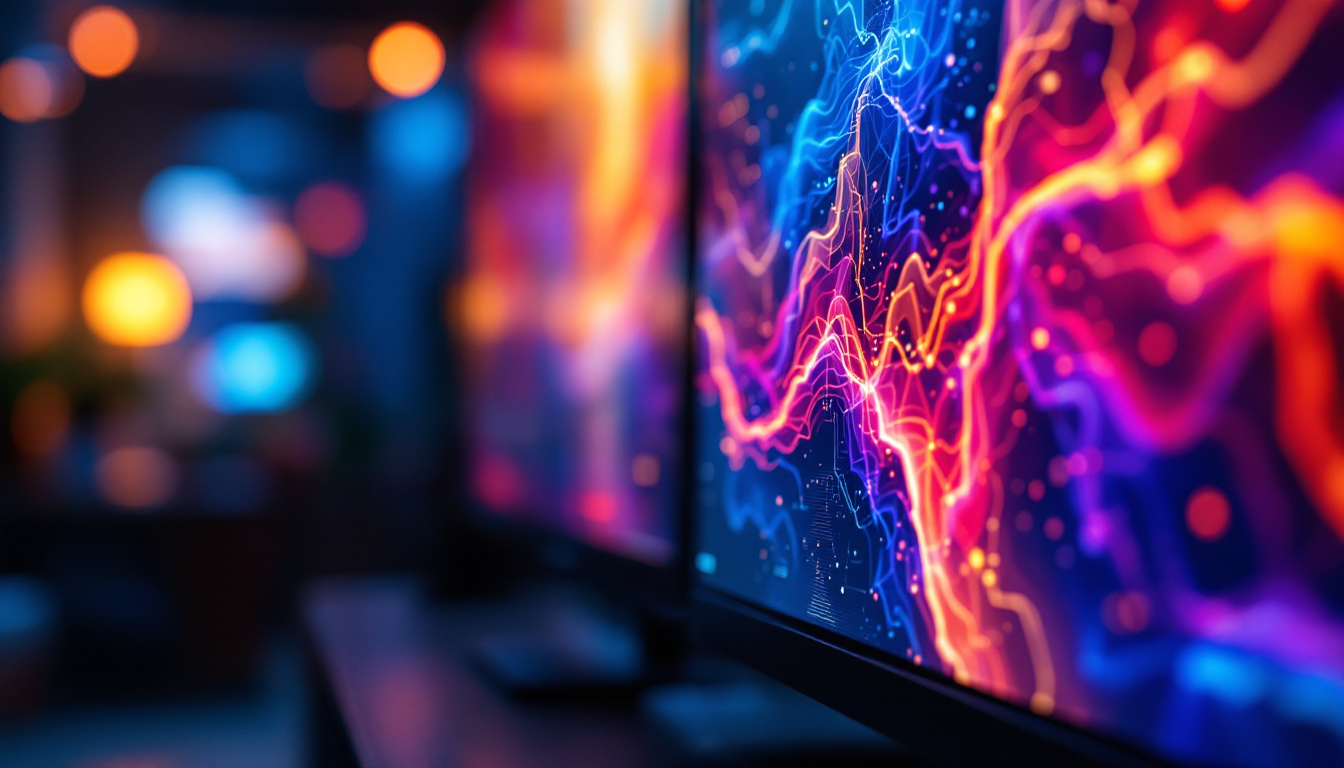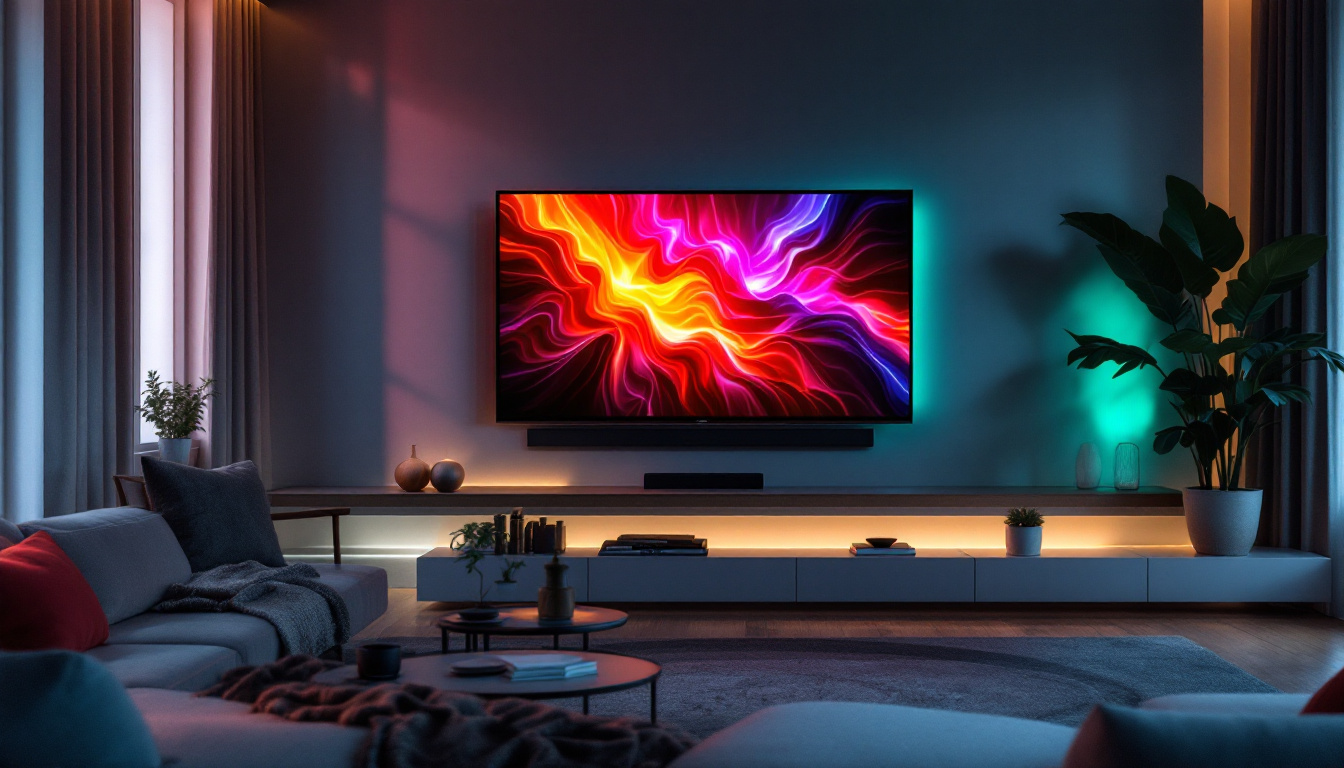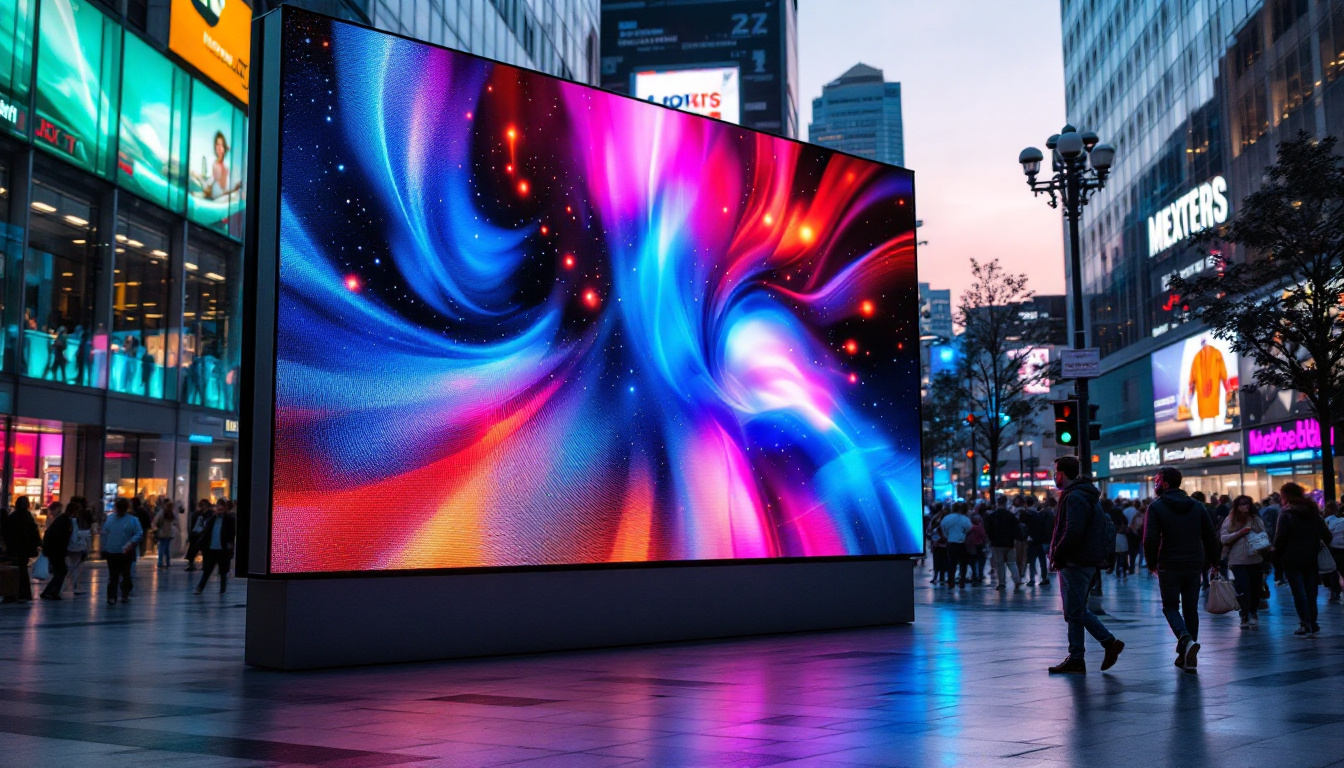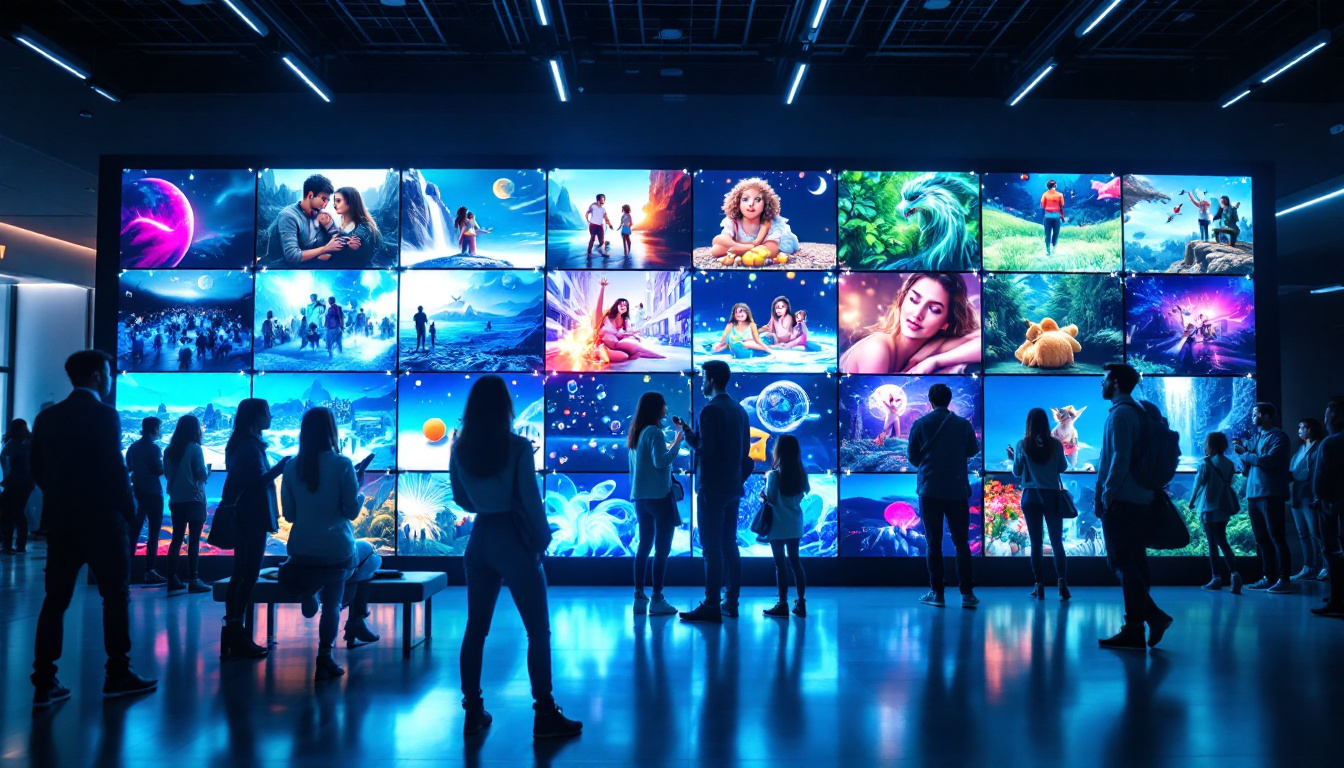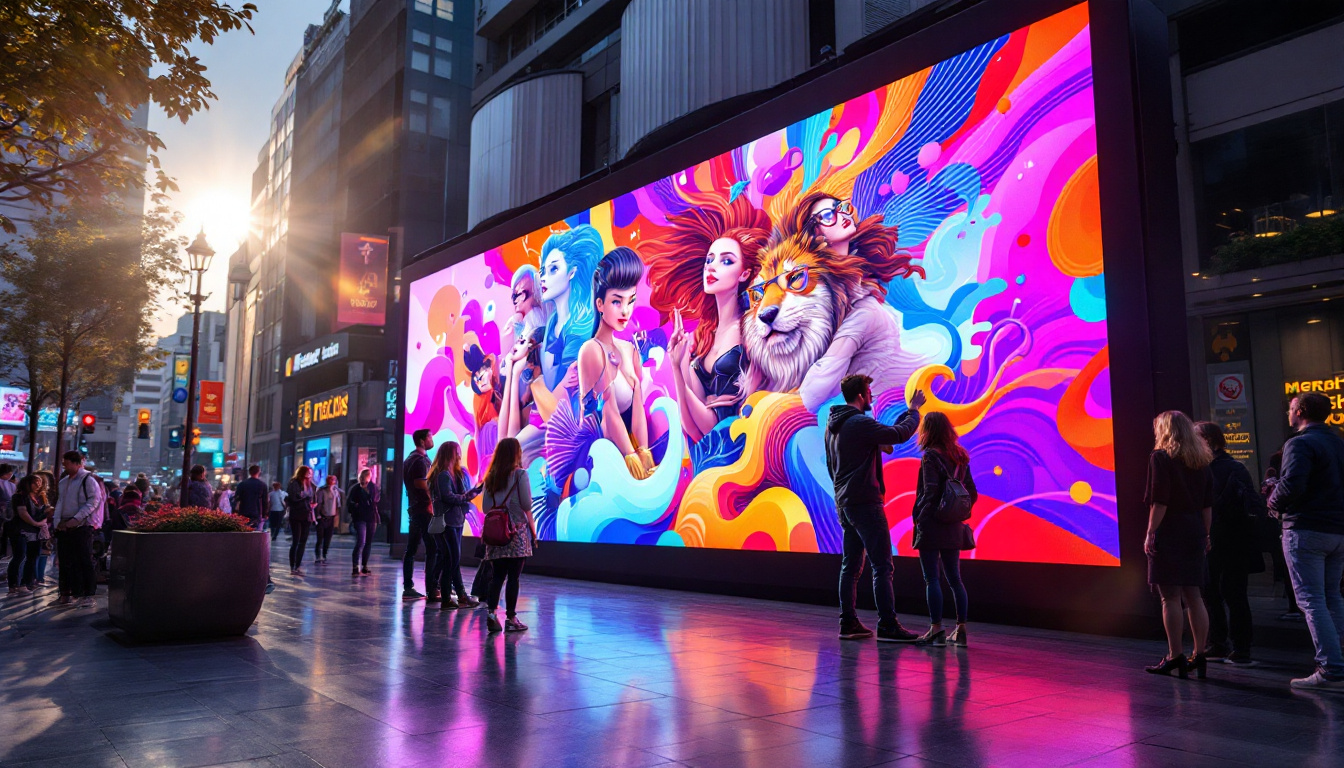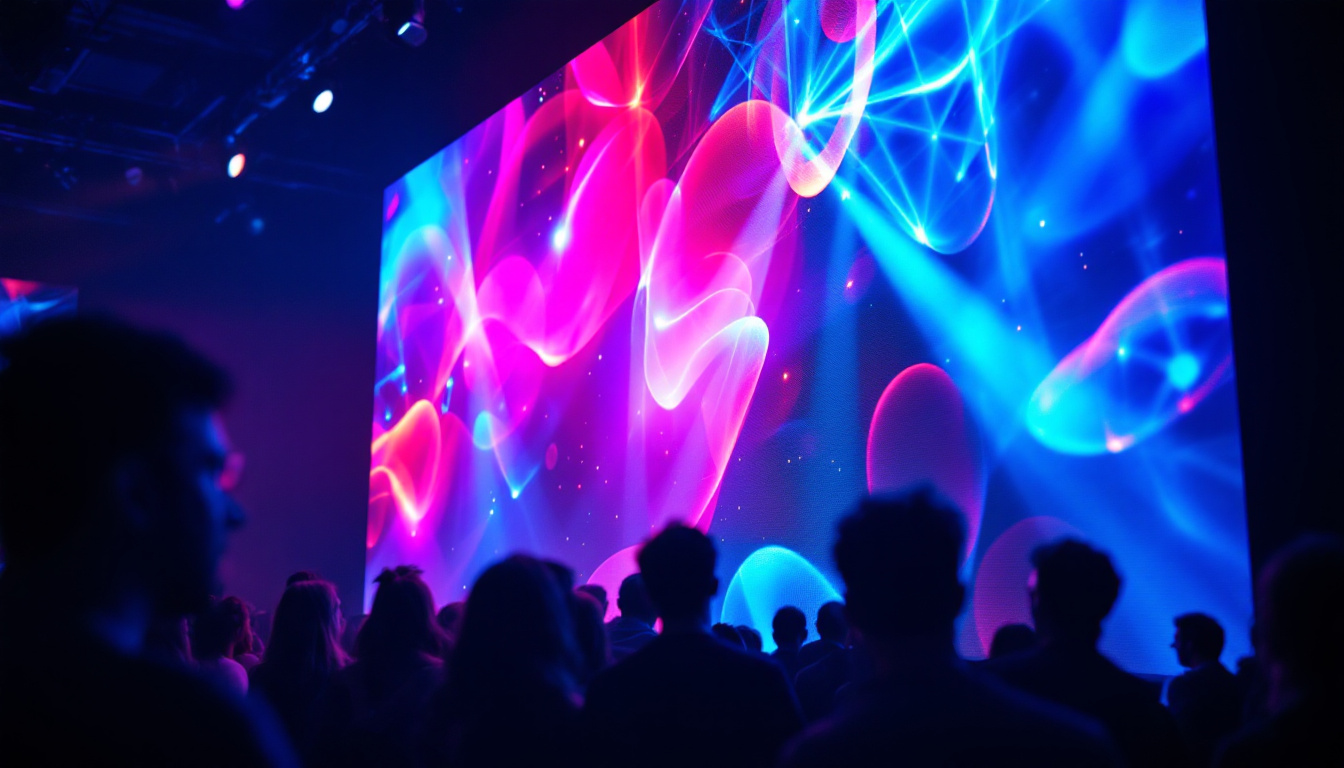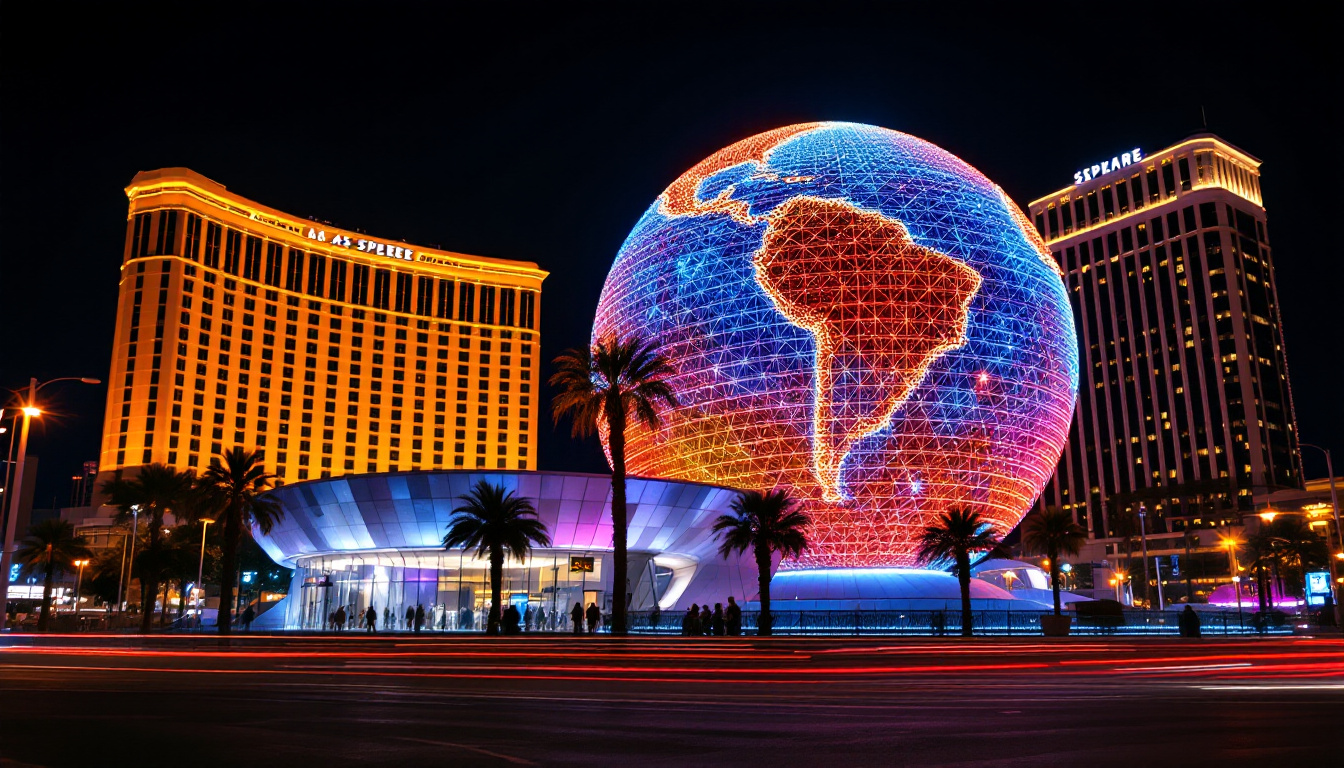In the ever-evolving world of stage design and production, minimal set design has emerged as a powerful approach that emphasizes simplicity and functionality. Among the various tools that facilitate this aesthetic, LED displays have become increasingly popular. This article delves into the concept of minimal set design, the role of LED displays, and how they can transform performances while maintaining a clean, uncluttered look.
Understanding Minimal Set Design
Minimal set design is an artistic approach that strips away unnecessary elements to focus on the essential components of a performance. This style not only enhances the storytelling aspect but also allows for greater flexibility and creativity in staging. By reducing visual clutter, minimal set design encourages audiences to engage more deeply with the narrative and the performers.
The Philosophy Behind Minimalism
The philosophy of minimalism is rooted in the idea that “less is more.” It advocates for simplicity, clarity, and functionality. In set design, this translates to using fewer props, limited color palettes, and streamlined shapes. The goal is to create an environment that supports the performance without overshadowing it.
Minimalism invites audiences to focus on the emotions conveyed by the actors and the themes of the production. By eliminating distractions, designers can direct attention to the nuances of performance, allowing for a more profound connection between the audience and the story being told.
Benefits of Minimal Set Design
One of the primary benefits of minimal set design is its adaptability. A simple set can be easily modified or repurposed for different scenes or productions, making it a cost-effective solution for theaters and production companies. Additionally, minimal designs often require fewer resources, which can lead to reduced production costs and a smaller environmental footprint.
Moreover, minimal set designs can create a more intimate atmosphere. With fewer elements on stage, audiences may feel closer to the action, enhancing their emotional investment in the performance. This intimacy can be particularly effective in smaller venues, where the connection between performers and viewers is crucial.
The Role of LED Displays in Minimal Set Design
LED displays have revolutionized the way set designers approach minimalism. These versatile screens can serve multiple functions, from backdrops to dynamic visual effects, all while maintaining a sleek and modern aesthetic. The integration of LED technology allows for a high degree of creativity without cluttering the stage.
Dynamic Backgrounds
One of the most significant advantages of using LED displays in minimal set design is the ability to create dynamic backgrounds. Instead of relying on traditional backdrops, designers can project images, videos, or animations that change throughout the performance. This capability allows for seamless transitions between scenes and enhances the storytelling experience.
For example, a single LED screen can transform from a serene landscape to a bustling cityscape in seconds, providing context and depth to the narrative. This flexibility not only saves space but also reduces the need for physical set pieces, aligning perfectly with the principles of minimalism.
Enhanced Visual Effects
LED displays can also be utilized to enhance visual effects, adding layers of depth and intrigue to a performance. By incorporating motion graphics, lighting effects, and interactive elements, designers can create immersive environments that captivate audiences. This technology allows for a more engaging experience without the need for elaborate physical set designs.
Moreover, the use of LED displays can facilitate real-time interactions with the performers. For instance, actors can engage with projected visuals, creating a dialogue between the physical and digital realms. This interaction not only enriches the performance but also reinforces the minimalist approach by eliminating the need for additional props or set pieces.
Cost-Effectiveness and Sustainability
In addition to their aesthetic benefits, LED displays can also be a cost-effective solution for production companies. While the initial investment may be higher than traditional set pieces, the long-term savings can be significant. With the ability to reuse and repurpose content, productions can reduce costs associated with building and maintaining physical sets.
Furthermore, the sustainability aspect of LED displays cannot be overlooked. By reducing the need for physical materials and minimizing waste, productions can align themselves with environmentally conscious practices. This is particularly important in an industry that often grapples with the challenges of sustainability.
Implementing LED Displays in Minimal Set Design
Integrating LED displays into a minimal set design requires careful planning and consideration. Designers must balance the visual impact of the screens with the overall aesthetic of the production. Here are some key factors to consider when implementing LED technology in a minimalistic approach.
Choosing the Right Content
The content displayed on LED screens plays a crucial role in the success of minimal set design. Designers should select visuals that complement the narrative and enhance the emotional tone of the performance. This may include abstract imagery, thematic visuals, or even live feeds of the performance itself.
It’s essential to ensure that the content is not overly distracting. The goal is to support the performance rather than overshadow it. Thoughtful curation of visuals can create a harmonious relationship between the performers and the digital elements on stage.
Technical Considerations
When incorporating LED displays, technical considerations are paramount. Designers must account for factors such as screen resolution, brightness, and placement. High-resolution displays are essential for ensuring that visuals appear crisp and clear, even from a distance.
Additionally, the placement of LED screens should be strategic. They should enhance the overall composition of the stage without obstructing sightlines or distracting from the performers. Collaborating closely with lighting designers and technical teams can help achieve the desired effect.
Creating a Cohesive Design
To create a successful minimal set design with LED displays, it is vital to maintain a cohesive design aesthetic. The colors, shapes, and themes of the LED content should align with the overall visual language of the production. This cohesion helps to create a unified experience for the audience, allowing them to immerse themselves fully in the performance.
Designers can achieve this by establishing a clear color palette and visual motifs that resonate throughout the production. By ensuring that all elements work together harmoniously, the impact of both the live performance and the digital components can be maximized.
Case Studies: Successful Implementations of LED Displays
Numerous productions have successfully integrated LED displays into their minimal set designs, showcasing the versatility and effectiveness of this approach. Here are a few notable examples that highlight the potential of LED technology in creating engaging and minimalist stage environments.
Broadway Productions
Several Broadway shows have embraced LED displays as a core component of their set design. Productions like “Dear Evan Hansen” and “Harry Potter and the Cursed Child” utilize large LED screens to create immersive environments that transport audiences into the world of the story. These displays serve as dynamic backdrops, enhancing the emotional impact of key scenes.
In “Dear Evan Hansen,” for instance, the LED screens display social media feeds and video content that reflect the protagonist’s internal struggles, allowing the audience to connect with his journey on a deeper level. The integration of technology not only supports the narrative but also aligns with the minimalist aesthetic by reducing the need for physical props.
Concerts and Live Events
In the realm of concerts and live events, LED displays have become a staple for minimal set design. Artists like Beyoncé and The Weeknd have utilized large LED screens to create stunning visual experiences that complement their performances. The screens often feature vibrant visuals, animations, and even live feeds of the audience, creating a sense of connection between the performer and the crowd.
By employing LED technology, these artists can maintain a minimalist stage presence while delivering a visually captivating experience. The focus remains on the music and the performance, with the LED displays enhancing rather than overshadowing the artistry.
Theater Festivals
Theater festivals around the world have also embraced LED displays as part of their minimal set designs. Productions at events like the Edinburgh Festival Fringe and the Sydney Festival have showcased innovative uses of LED technology to create immersive storytelling experiences. These festivals often feature experimental works that push the boundaries of traditional theater, and LED displays play a crucial role in this exploration.
By incorporating LED screens, these productions can create dynamic environments that evolve throughout the performance, allowing for a more fluid and engaging narrative. The use of technology in this context aligns perfectly with the principles of minimalism, emphasizing creativity and innovation.
Challenges and Considerations
While the integration of LED displays in minimal set design offers numerous benefits, it is not without its challenges. Designers must navigate various considerations to ensure that the technology enhances rather than detracts from the performance.
Technical Limitations
One of the primary challenges of using LED displays is the technical limitations that may arise. Issues such as screen brightness, resolution, and connectivity can impact the overall effectiveness of the design. Designers must work closely with technical teams to address these challenges and ensure that the displays function seamlessly during performances.
Additionally, the reliance on technology can introduce risks, such as equipment failure or power outages. Having contingency plans in place is essential to mitigate these risks and ensure that the performance can continue smoothly in the event of technical difficulties.
Balancing Technology and Performance
Another consideration is the balance between technology and live performance. While LED displays can enhance the visual experience, it is crucial to ensure that they do not overshadow the actors or the narrative. Designers must strike a delicate balance, allowing the technology to support the performance without becoming the focal point.
This requires thoughtful planning and collaboration between directors, designers, and performers. Open communication and a shared vision can help create a cohesive experience that highlights the strengths of both the live performance and the digital elements.
Audience Reception
Finally, audience reception is a critical factor to consider. While many viewers appreciate the innovative use of LED displays, others may find them distracting or overwhelming. Designers should strive to create a balance that resonates with a diverse audience, ensuring that the technology enhances the storytelling experience rather than detracting from it.
Gathering feedback from audiences and conducting test runs can provide valuable insights into how the integration of LED displays is received. This feedback can inform future design choices and help refine the approach to minimal set design.
Conclusion
Minimal set design, combined with the innovative use of LED displays, offers a fresh perspective on stage production. By embracing simplicity and functionality, designers can create engaging and immersive experiences that resonate with audiences. The versatility of LED technology allows for dynamic storytelling while maintaining a clean aesthetic, aligning perfectly with the principles of minimalism.
As the industry continues to evolve, the integration of LED displays in minimal set design will likely become more prevalent. By navigating the challenges and considerations associated with this approach, designers can harness the power of technology to create captivating performances that leave a lasting impression.
In a world where visual storytelling is paramount, the marriage of minimal set design and LED displays represents a promising frontier for the future of theater and live performance. Embracing this innovative approach can lead to new creative possibilities and redefine the way audiences experience the magic of the stage.
Discover LumenMatrix LED Display Solutions
Ready to elevate your minimal set design with cutting-edge LED display technology? LumenMatrix is at the forefront of creating visually stunning and versatile LED solutions that can transform any performance space. From Indoor and Outdoor LED Wall Displays to innovative LED Sports and Floor Displays, our products are designed to captivate and engage your audience. Embrace the future of stage production and make your narrative shine with clarity and impact. Check out LumenMatrix LED Display Solutions today and bring your creative vision to life.

